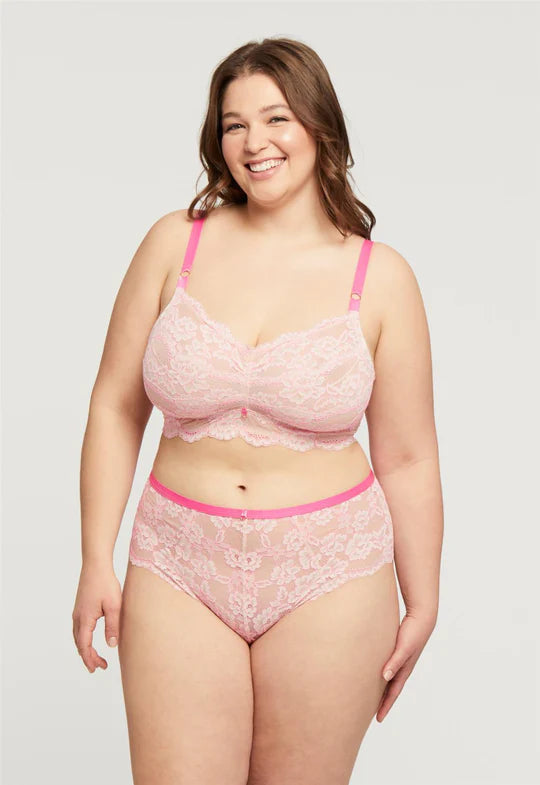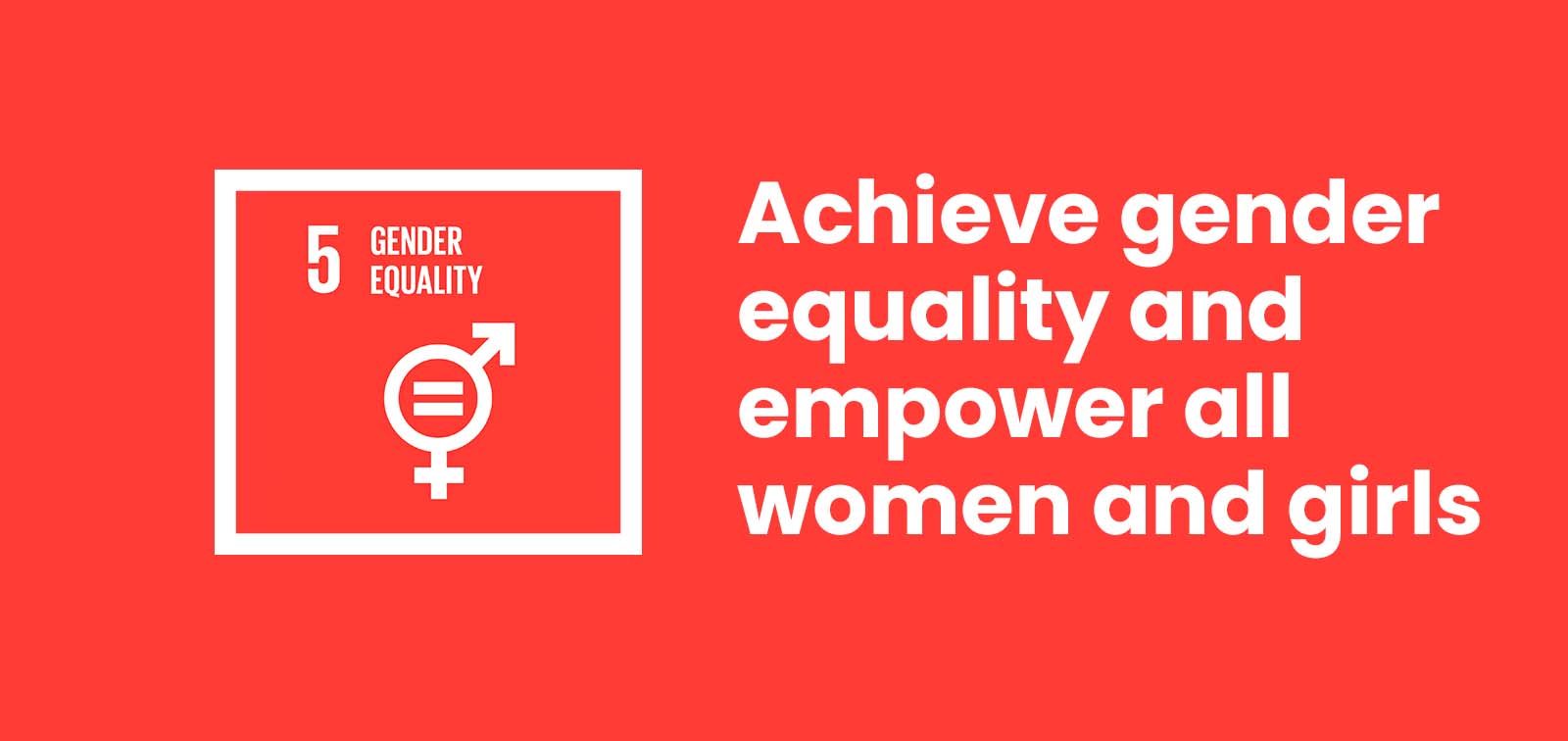Energies, Free Full-Text
$ 17.99 · 4.5 (798) · In stock
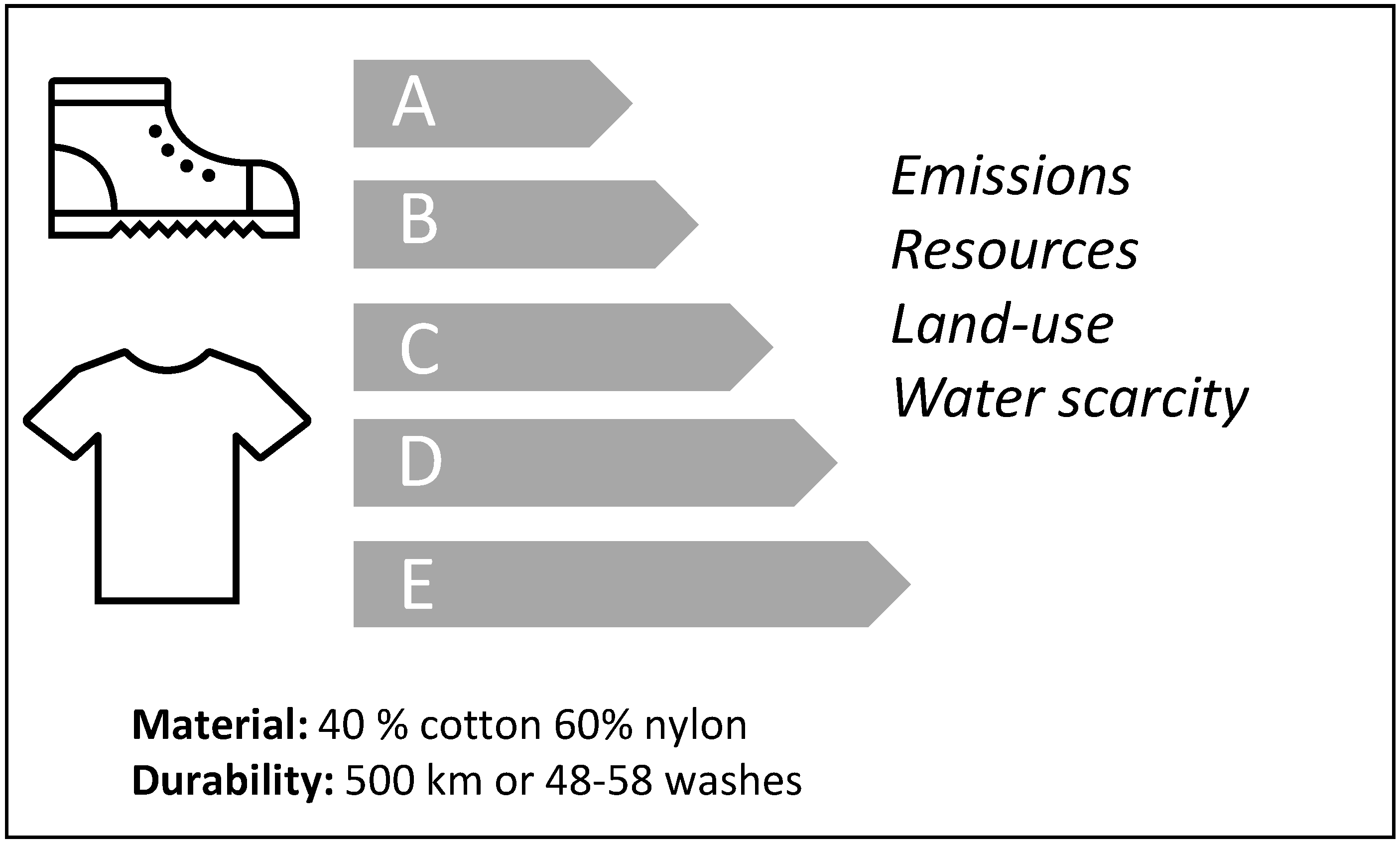
Sustainability has been recognized as a major concern globally since the Brudtland Report, in 1987, and further reinforced in 2015 by the United Nations Sustainable Development Goals (UNSDG) 2030. This paper reviews the methodologies and criteria of sustainability applied to fashion products, regarding products’ environmental footprint (environmental life cycle assessment/analysis; e-LCA), the social issues (including the social life cycle assessment/analysis; s-LCA) and the transparency in reporting sustainability. In our review we seek KPIs (key performance indicators) that allow classification of a pair of shoes or a piece of cloth on a scale from A to E, i.e., products can be compared with a benchmark and classified accordingly with a simple labelling scheme, which is easily understandable by the consumers. This approach is similar to those used to classify electrical appliances, housing energy consumption for thermal comfort, food Nutri-Scores, CO2 levels of road vehicles, and tire performance. In this review we aim to identify the initiatives and measures being put into practice by the top global fashion brands. We found that, despite the existence of GRI (global sustainability reporting initiative) standard reporting, most companies follow their own methods or others created within the industry rather than those created in the scientific community. Examples include the Higg index, the Transparency Index, and the Social Codes of Conduct (CoC). In this study, we conducted an extensive review of certification schemes and labels already applied to fashion products, and identified a multitude of labels and lack of harmonization in communicating sustainability. As result, we compiled a summary table of all criteria, methodologies, and possible KPIs that can be considered the basis for a benchmark and score of a fashion product. This topic is crucial to avoid “green washing” and a lack of transparency for the buyer’s community, i.e., business to consumer (B2C), and for the business community, i.e., business to business (B2B) relationships, which comprise a complex multi-layer supply chain of suppliers and sub-suppliers. The UNSDG 2030 “Responsible Consumption and Production” frames these efforts to facilitate standardization of KPIs in terms of structure, criteria, and their measurement. The most common KPI is environmental global warming impact (expressed as CO2eq) based on life cycle assessment/analysis (LCA) principles (established in 2000), which provide an appropriate base to monitor and benchmark products. However, in our innovative review of t-shirt e-LCA, we identified a wide range of e-LCA assumptions, relating to different boundaries, allocations, functional units, and impact categories, which represent a major challenge in benchmarking.

Energies An Open Access Journal from MDPI

Energies An Open Access Journal from MDPI
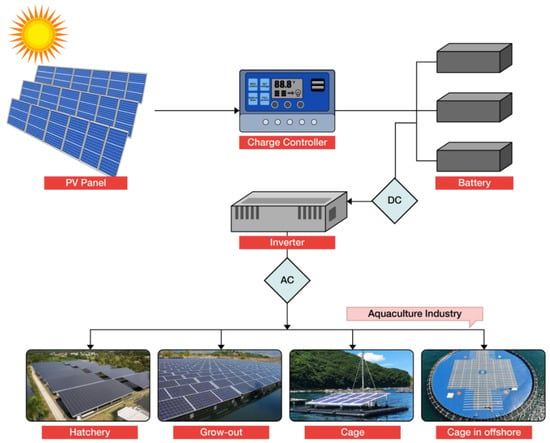
Energies, Free Full-Text, solar environmental protection motor

Energies, Free Full-Text, ghg emissions

Energies, Free Full-Text, boost converter
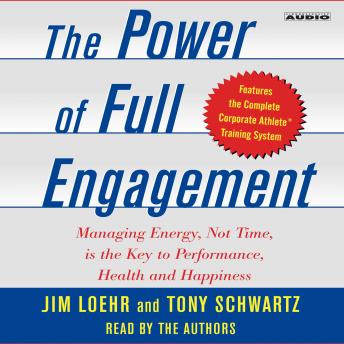
Energies, Free Full-Text, rated speed

Energies, Free Full-Text, underground roleplay ip

Energies Free Full Text A New Approach To Include Complex Grounding System In Lightning Transient Studies And Emi Evaluations Cool Abstract Gifs Exemplifying Drugs Cool Abstract Gifs Exemplifying Drugs - LowGif
![]()
Energies, Free Full-Text, alpha zero campinas

Energies, Free Full-Text, pengguna kilo kilo no mi

Energies, Free Full-Text, Wind Turbine Blade Design, HTML
